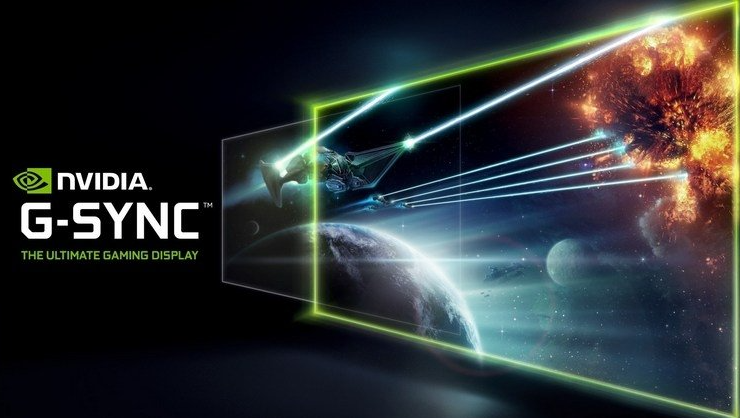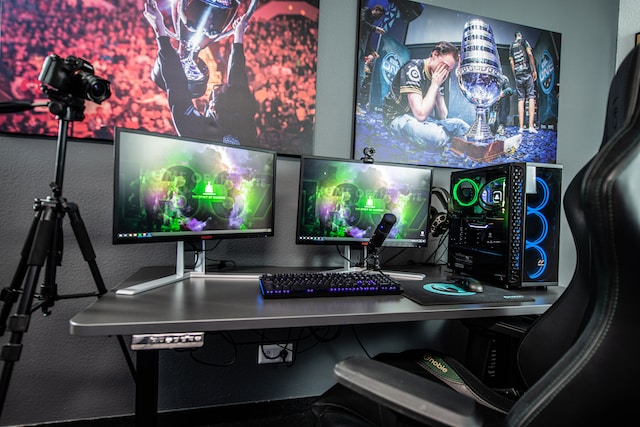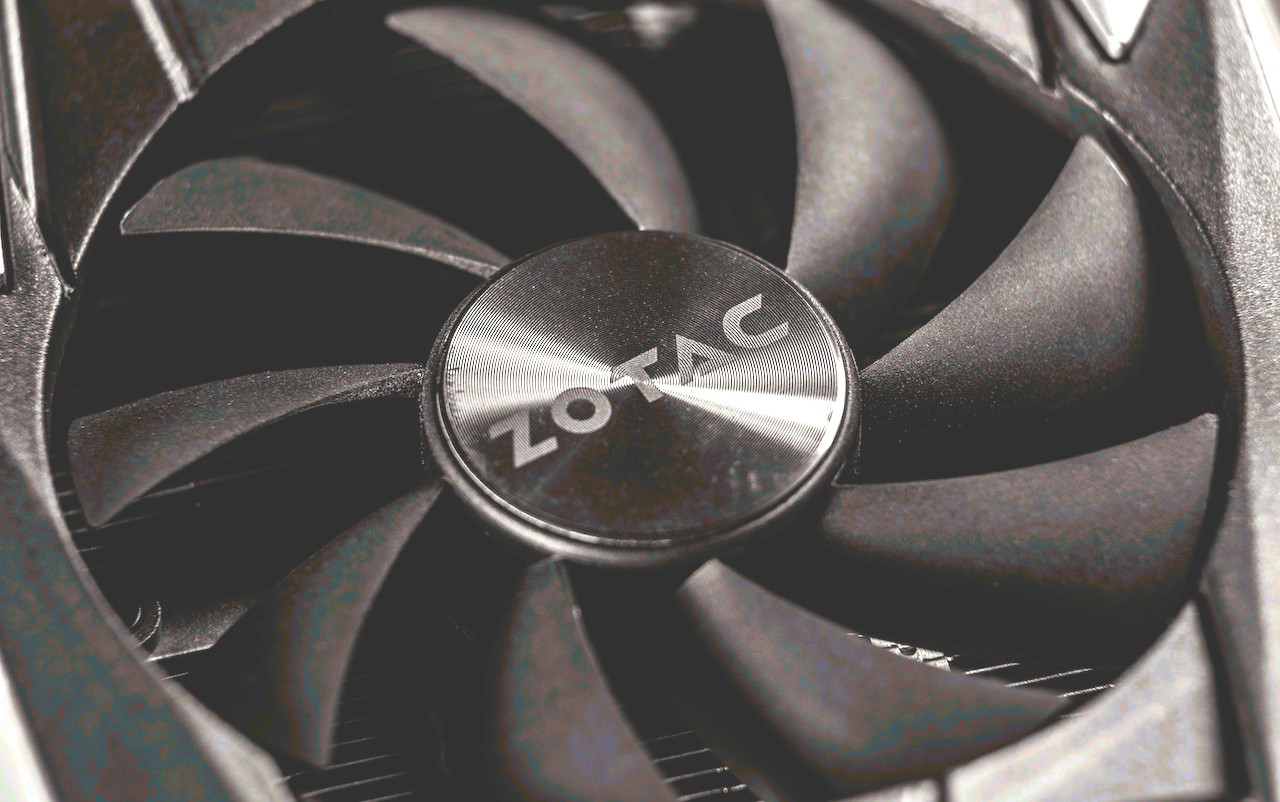
G-Sync on FreeSync Monitor
V-Sync technology, or vertical sync, was the first to minimize on-screen performance loss. It worked like this: the frame rate of the monitor was capped to match the power output of the GPU. The only problem is that even if it goes down, you will still feel a little freeze. Later, G-Sync technology appeared, which was originally developed for use in conjunction with V-Sync. However, Nvidia later allowed users to disable this option. The G-Sync module provides a dynamic refresh rate that matches the output of the GPU (much like V-Sync), but takes into account the reduction in refresh rate. That is, G-Sync is enhanced V-Sync. This technology improves the quality of the game at times, so gamers are trying to buy a gaming PC in Ukraine with a powerful video card from Nvidia that supports G-Sync.
The technology in question refreshes the screen exactly when the frame is complete and requires the GPU to output it. Refresh rate is the maximum frame rate used by the G-Sync module. Thanks to this technology, there will be no delays. The reason for syncing is to lower the refresh rate on both your monitor and graphics card. In this case, the monitor operates at a fixed refresh rate that fluctuates, which often leads to a loss in screen performance.
So the bottom line is that if your GPU creates frames at a lower rate than your monitor’s refresh rate, you will experience some stuttering (in other words, glitches). If the processor is running faster, it may show the next frame too quickly, which leads to freezes. G-Sync just removes this effect.
Pluses
Unlike V-Sync, which limits the frame rate to match the monitor’s refresh rate, G-Sync allows the monitor to run at a variable refresh rate that matches the GPU. Ultimately this eliminates the chance of gaps and delays as the technology takes into account the frequency difference.
Let us illustrate this with a real-life example. You’re playing a demanding game with G-Sync enabled and hitting 100fps. Your monitor’s real-time refresh rate matches this frame rate. Let’s say you get to the part of the game that is even more demanding on the GPU, and you are seeing a much lower FPS. G-Sync will make the frame rate match the module again and you won’t see any glitches.
Minuses
The G-Sync module is a proprietary technology, so it can be considered an expensive luxury as the G-Sync scaler replaces the standard one in the monitor. Other sync technologies, such as Freesync, are also hardware / software solutions and are usually a cheaper option due to the fact that the scaler is manufactured by several different companies.
Adding G-Sync can sometimes add hundreds of dollars to a monitor’s cost. But since 2020, Nvidia has started releasing drivers that allow GPUs to run with a certain adaptive sync and Freesync monitors. This makes G-Sync a more affordable option and is a brilliant solution from Nvidia.
Another downside to G-Sync is that it won’t work with most AMD graphics cards, so if you own or plan to buy such chips, don’t buy a G-Sync monitor.
Now let’s move on directly to the inclusion of the technology in question on FreeSync.





